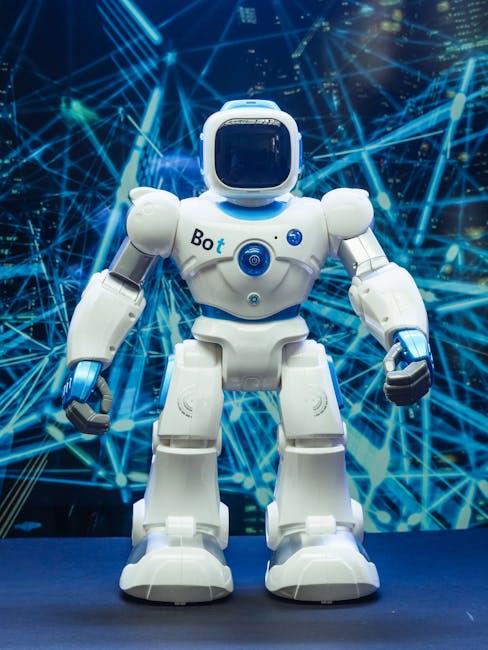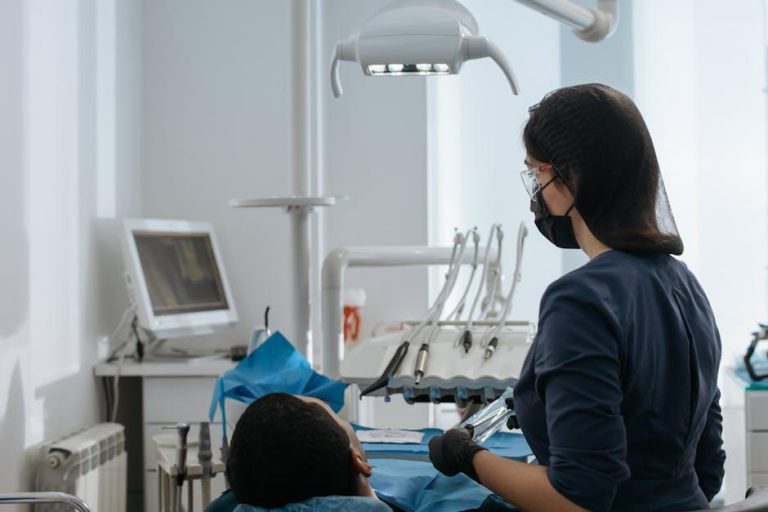
Is Full Automation a Dream or a Threat?
Automation is revolutionizing many industries, and dentistry is no exception. From AI-powered diagnostics to robotic-assisted surgeries, technology continues to reshape every aspect of dental care. But as full automation becomes a more tangible prospect for dental practices, a critical question arises: is full automation in dentistry a dream come true or a looming threat? This comprehensive article explores the benefits, risks, and real-world implications of embracing full automation in the dental field.
Understanding Full Automation in Dentistry
Full automation refers to the use of advanced technologies like artificial intelligence (AI), machine learning, robotics, and digital workflows to perform dental tasks with minimal or no human intervention. This ranges from automated appointment scheduling and patient management to robotic-assisted implant surgeries and AI-driven diagnostics.
Common Areas of Dental Automation
- Diagnostics: AI-powered imaging analysis to detect cavities, gum disease, and oral cancers early.
- Treatment Planning: Software algorithms that create precise and personalized treatment plans.
- Robotic Surgery: Robots assisting in implant placements and orthodontic adjustments.
- Administrative Tasks: Automated patient bookings, billing, and follow-up reminders.
Benefits of Full Automation in Dentistry
Integrating automation in dental practices offers numerous advantages, making it an enticing prospect for modern clinics.
Increased Efficiency and Productivity
Automation streamlines routine tasks like patient records management and appointment scheduling, enabling dental professionals to focus more on patient care than on administrative duties.
Enhanced Diagnostic Accuracy
AI algorithms analyze dental images with extreme precision, spotting anomalies that a human eye might miss, thus improving early diagnosis and patient outcomes.
Personalized Patient Care
Automated treatment planning tools can factor in patient history, preferences, and clinical data to tailor care plans uniquely suited to each patient.
Reduced Human Error
Automation minimizes risks linked to manual errors during procedures, recordkeeping, or diagnosis.
Better Resource Allocation
By automating repetitive tasks, dental teams can allocate more time to complex cases and patient interaction, enhancing overall service quality.
Potential Threats and Challenges of Full Automation
Despite its benefits, full automation in dentistry is not without challenges that could pose threats to practitioners and patients alike.
Loss of Human Touch
Dentistry is a patient-centric profession that thrives on personal interactions and trust. Over-automation risks making care feel impersonal, possibly affecting patient satisfaction and comfort.
Dependence on Technology
Relying heavily on automated systems means vulnerabilities to technical failures, software glitches, or cybersecurity breaches could disrupt critical services.
High Implementation Costs
The upfront investment in cutting-edge robotic equipment, AI software, and staff training can be prohibitively expensive for many dental clinics.
Ethical and Legal Concerns
The use of AI in decision-making raises questions about accountability, especially if automated systems make diagnostic or treatment errors.
Job Displacement Fears
Dental assistants, hygienists, and administrative staff may worry about job security as automation takes over traditional roles.
Case Study: Automation in a Dental Practice
Dr. Emily Carter, a London-based dentist, integrated AI diagnostics and robotic-assisted implant placement into her clinic in 2022. Here’s what she discovered:
| Area | Outcomes | Patient Feedback |
|---|---|---|
| AI Diagnostics | Improved cavity detection rate by 25% | Patients felt more confident with accurate diagnoses |
| Robotic Surgery | Reduced surgery time by 15%; fewer complications | Mixed feelings: impressed but slightly uneasy about robots |
| Automated Admin | Cut appointment no-shows by 30% | Patients appreciated timely reminders and easier booking |
Practical Tips for Dental Practices Considering Automation
If your dental clinic is thinking of embracing full automation, consider these practical tips to make the transition smoother and more effective:
- Start Small: Begin with automating administrative tasks before moving on to clinical procedures.
- Invest in Training: Properly train your team to handle new automated systems confidently.
- Maintain the Human Element: Balance technology with personal interactions to retain patient trust.
- Regularly Update Software: Keep AI and robotic systems updated to avoid errors and security risks.
- Consult Legal Experts: Understand compliance, data privacy, and liability issues relevant to automation in healthcare.
Is Full Automation in Dentistry a Dream or a Threat?
The answer lies in perspective and implementation. Full automation holds dreams of greater precision, efficiency, and improved patient outcomes. However, if pursued recklessly, it may pose threats such as diminished human care, ethical quandaries, and job displacement. Like all technological revolutions, the future of automation in dentistry depends on thoughtful integration, respecting both innovation and the irreplaceable human element of dental care.
Conclusion
Full automation in dentistry is neither purely a dream nor an outright threat. It is an evolving reality that promises significant advancements while presenting complex challenges. By staying informed, investing wisely, and prioritizing patient care alongside technology, dental professionals can harness the power of automation to elevate their practice without compromising their core values. Whether full automation becomes a dream or a threat will ultimately depend on how we choose to adapt.
For the latest updates on dental technology and automation trends, stay tuned to Dentistry.co.uk.


